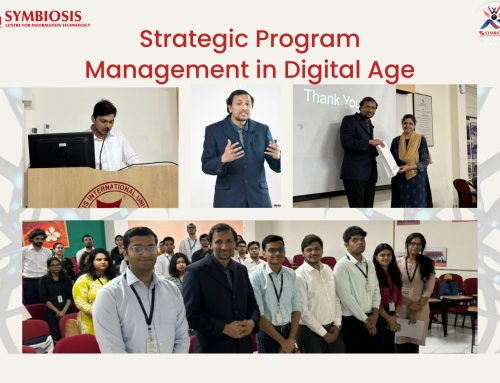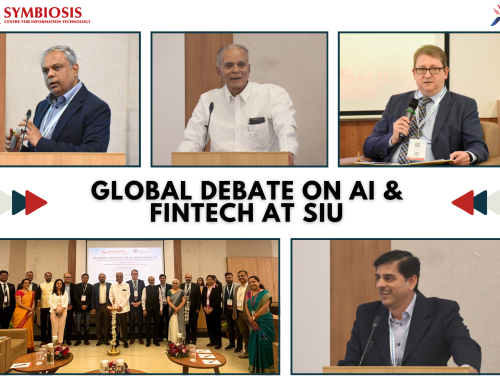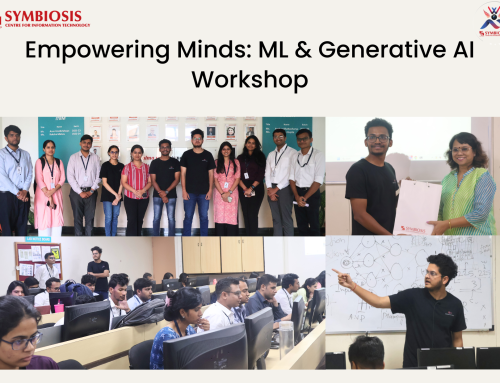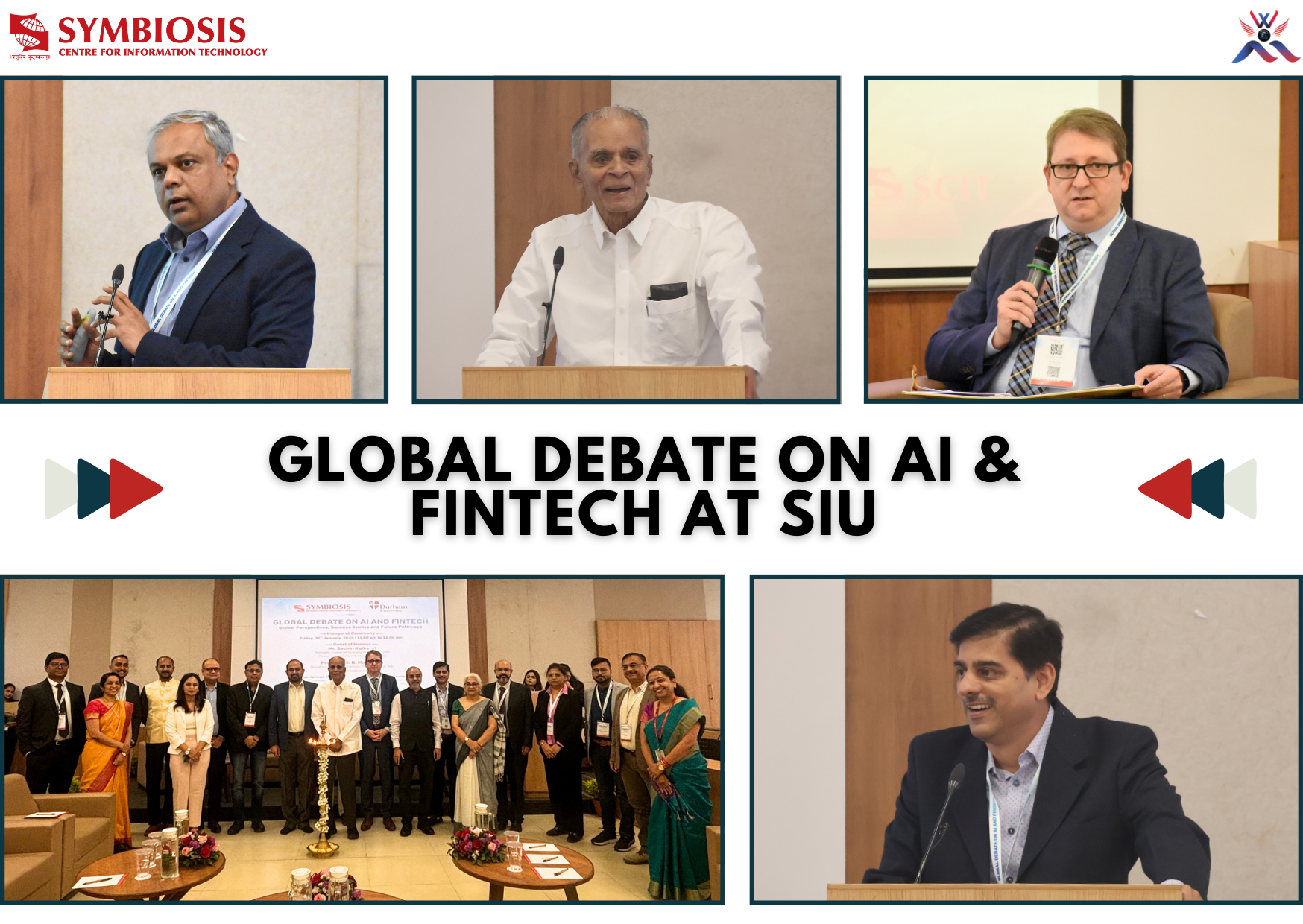INNOVATION AND INVENTION

Innovation is “novelty that can be applied.” An innovation is transferable only if the person you are delivering the innovation to has the same strengths as the person who created it in the first place.
Invention is an idea, a novel idea, and, like all ideas, a novel idea is easily transferable from person to person—introduce one person to the concept of personal liberty, he tells another, she passes it on to a third, and, like a benign infection, pretty soon the whole country is swept up in the mission to secure personal liberty for all.
It seems that the words “invention” and “innovation” are assumed to be synonymous. They aren’t. Simply put inventions generate patents and innovations generate profits. Innovation helps economic growth and development. The financial and economic benefits have the greatest effect on the place where innovation happens. Inventions are great and help propel future industries. But, it’s people who can turn an invention into an innovation that make money and drive economies.
I think we are naturally drawn to things that already exist – things we can buy, use, experience, see, feel and understand. To be innovative requires us to imagine things that are not really here. The distinction between invention and innovation also helps answer this question. To invent is to create something on your own. Imagine the inventor, tinkering away in his garage. Eventually, he might invent something that solves a problem or makes a task easier to accomplish. In contrast, innovation is more difficult. Innovation requires a market. To qualify as an innovation, there must be a supply chain, distribution, customers, and transactions that are involved in bringing the thing to the market.
“Innovation” requires a market to participate with the idea, but an “invention” does not. An invention becomes an innovation when it is the subject of a market-based transaction. Innovation requires both creativity and invention.
Innovation requires a team. One person does not a make a company. When investors look for the next innovative business idea, they look for a core team that can work together to build the product. Successful innovators build the team and execute.
Innovation requires adequate funding. Whereas artists and inventors can get by on limited resources, innovators must marshall adequate resources to make their ideas real. Financial backing, whether from venture capitalists, internal budgeting, or wealthy founders, is hard to get by without.
In Innovation there are three roles performed by Innovator, the capitalist who provides the money; the inventor who creates the idea; and the entrepreneur who adapts the idea, brings it to market, and commercializes it. Each role is a different task and requires different skills.
In my opinion, the ways in which these two words are used separately in business is that invention is an activity done in the laboratory without a clear path for creating revenue. Innovation, on the other hand, is used to describe a new idea that can generate income. Crudely put, an inventor can create new products that not everybody will want, but an innovator creates products that people desire.
REFRENCES
- http://www.reliableplant.com/Read/24890/Difference-between-innovation-invention
- http://id8ireland.wordpress.com/2013/01/22/innovation-vs-invention-vs-creativity/
- http://www.tutor2u.net/business/production/invention-and-innovation.htm
Saurabh Maurya MBA ITBM (2013-15)















